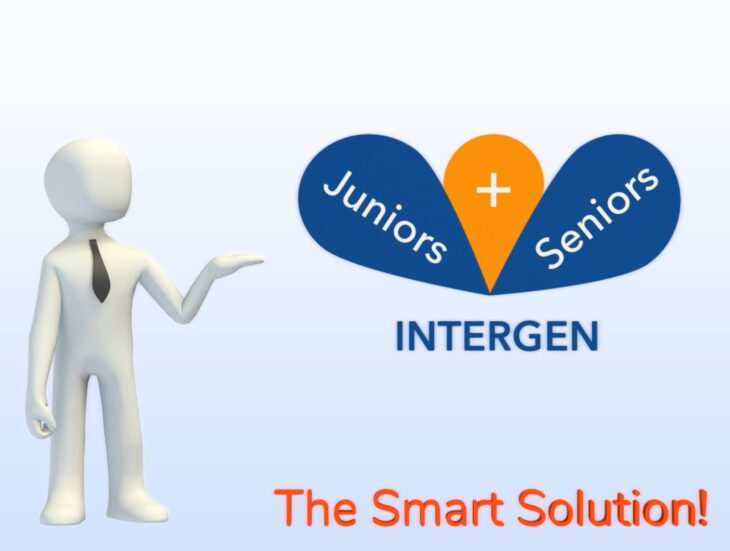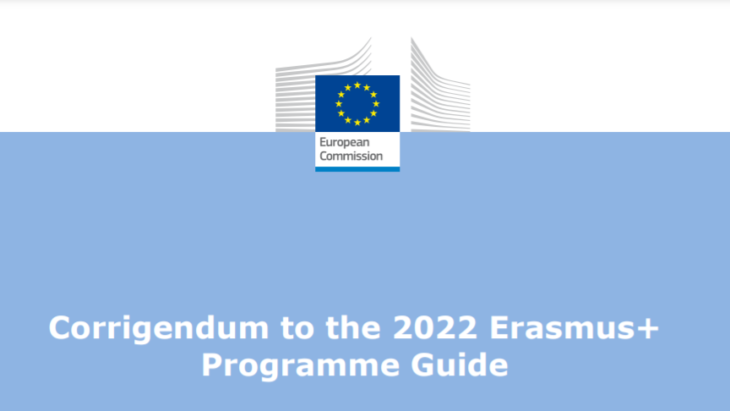Thanks to the Key Action 1 Staff envisaged for the Erasmus + Program for 2020, each school can present mobility projects aimed at involving teaching and non-teaching staff, in the awareness that a training experience abroad represents an unmissable opportunity professional growth and development of new skills, useful to improve the effectiveness of the action of the entire school community.
Taking part in a mobility action abroad, for example by participating in a Job Shadowing or following a structured course, in fact allows teachers of schools of all levels to implement knowledge of teaching techniques and innovative methodologies to be tested in the classroom on his return to Italy.
In particular, the Erasmus + objectives for school education include:
improving the skills of school staff and strengthening the quality of teaching and learning;
the expansion of knowledge and understanding of the educational policies and practices of European countries;
encouraging changes in terms of modernization and internationalization of schools;
the creation of interconnections between formal, non-formal education, professional training and the labor market;
the promotion of European mobility activities for school staff, including long-term ones;
the implementation of opportunities for the professional development and career of school staff;
improving the motivation and satisfaction of school staff in their daily work.
But to present a STAFF mobility project, each institution must follow a series of important steps, including the compilation of a specific form in which the activities and strategies aimed at carrying out the training action must be detailed
Having a clear understanding of the objectives to be achieved, this essential document, often difficult in the eyes of teachers, can represent an extraordinary aid for the implementation of quality mobility actions in the school’s European design sector.
Here’s some useful tips for completing the Erasmus + KA1 STAFF form.
1. Describe the context, indicating the type of action, the sector, the priorities and the language in which the form should be completed
2. Report information about participating organizations, indicating the legal nature and legal representative for each partner
3. Describe the characteristics of the organization with reference to the project and any participation in other European projects in the previous three years
4. Outline the European Development Plan, describing the strategic vision of the objectives that each school organization must pursue to internationalize and develop the European dimension of the school
5. Describe how the project will be managed, specifying the role of each partner and the activities to be carried out so that the project achieves the expected results
6. List all the training and teaching activities envisaged, specifying their added value in relation to the project
7. Refer to the participants in detail, explaining their role in the mobility activities foreseen in the project
8. Describe the Follow-up actions, reporting the evaluation of the activities, the recognition of the learning outcomes of the participants, the dissemination and use of the project results
9. Draw up the Budget, reporting the items of expenditure related to the activities foreseen in the project
10. Compile a summary of the project, describing the context, the objectives, the number and profile of the participants, the description of the planned activities and reporting a short description of the expected results and potential long-term benefits



















